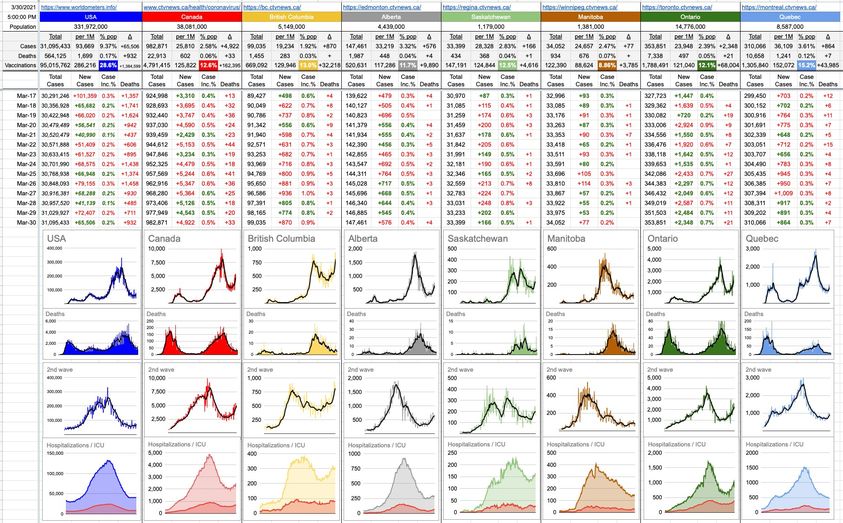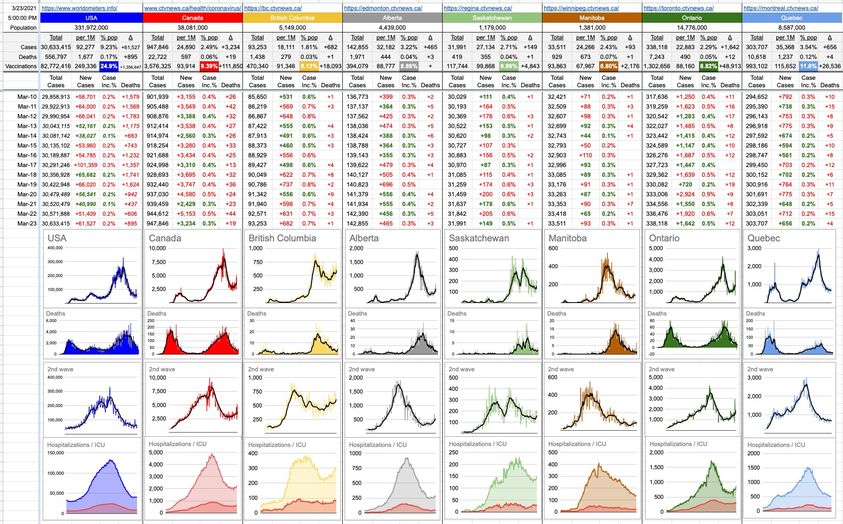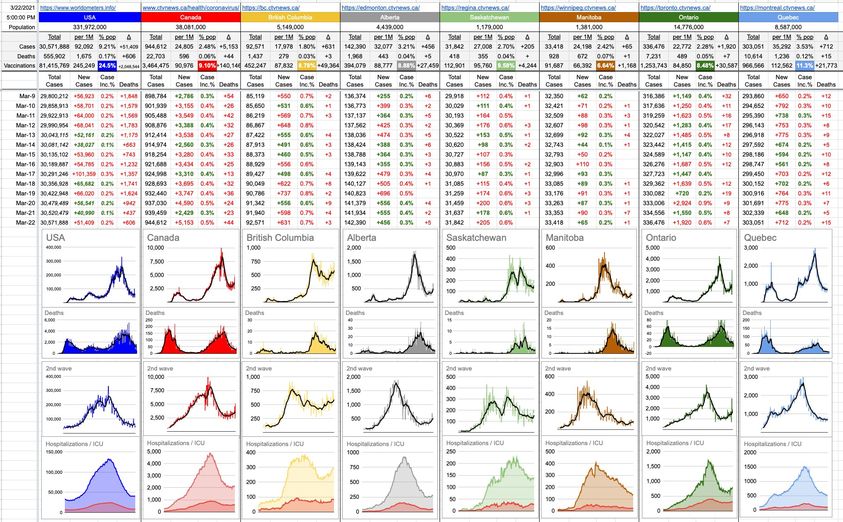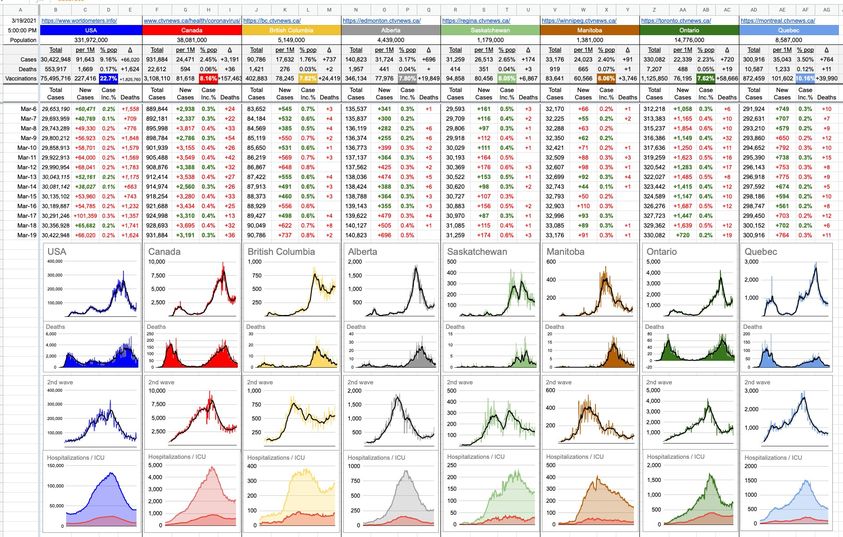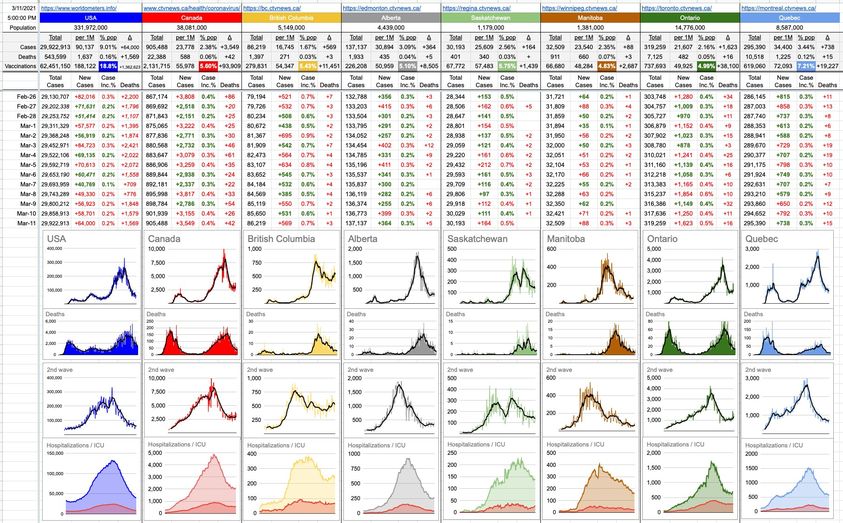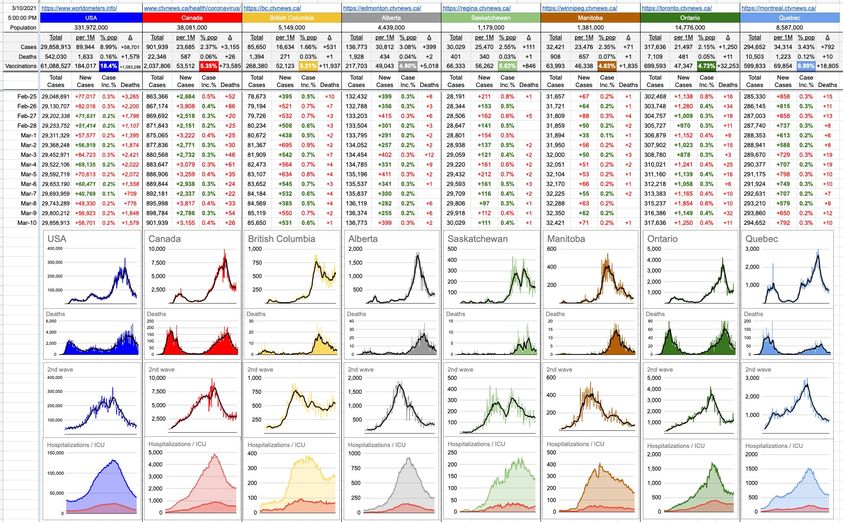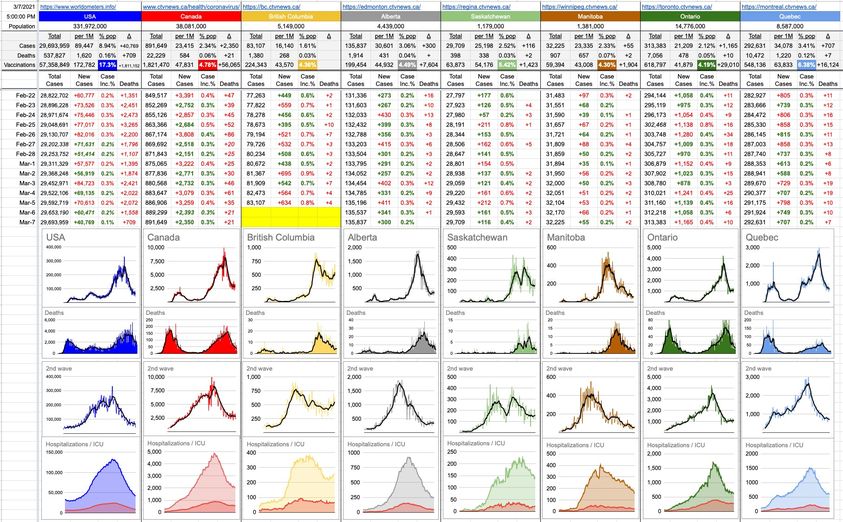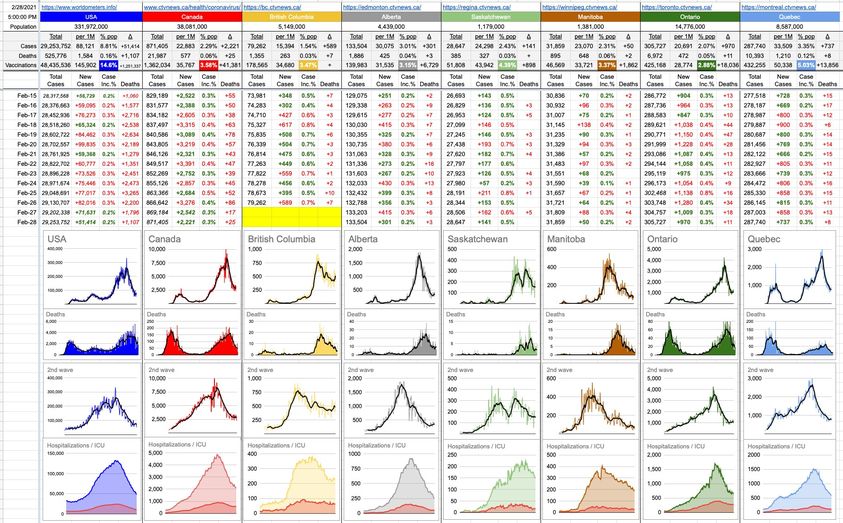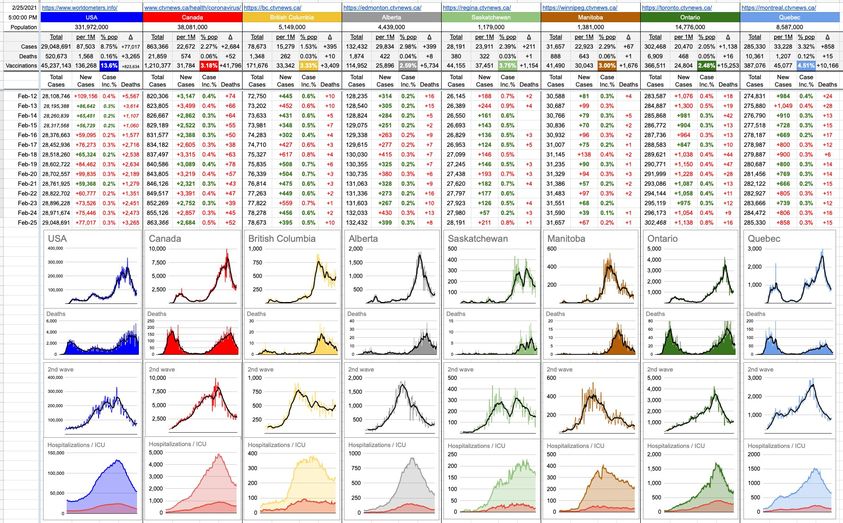March 30, 2021
Here are a couple of dictionary definitions:
Mitigate (v): to make less severe, serious or painful
Alleviate (v): to make (suffering, deficiency, or a problem) less severe
Almost the same definition, but there’s an important subtle difference that’s crept into how those words are used… with one, you’re taking corrective action to correct a problem; with the other, you’re taking steps before the problem happens in hope it never becomes one.
A distant example was when I got my first car, and my dad telling me… no matter what, change the oil. Every 3,000km or every 6 months, whatever comes first… change the oil. Even if you don’t want to worry about spark plugs and fan belts and brake pads and everything else… change the oil. Mitigating that risk cost me $23 at Mr. Lube every 6 months. Alleviating the problem of a seized engine that ran dry of oil, or gummed up the motor because it was old and dirty… would’ve cost far more. I put close to 300,000km on that car and never had a serious issue with it. It was a rusty pile of junk when I sold it for $400… $200 cash, $200 in cheques that ultimately bounced… but the oil was pristine.
A far-more recent example… as told to me by my friend Henry, who designs boats… including tug boats, for the local company, Robert Allan Naval Architects. Six RANA tugboats were instrumental in freeing the Ever Given from the clutches of the Suez Canal yesterday. Not too long ago, RANA provided the Suez Canal a proposal advocating for escort tugs for all ships transiting the canal. This would be mitigation, and it would have a cost… but I suspect that cost would’ve turned out to be a lot less than the week-long alleviation that was necessary.
Getting sick with C19 requires alleviation… and I have no doubt for people knocked down by it, they wonder if they could’ve mitigated the risk of catching it. If they were wearing masks and distancing and not attending crowded events and they still caught it, that’s most unfortunate. It’s also possible that my car develops an oil leak and the engine light fails and one day I’m driving around… and the engine melts on me. It’s also possible that high winds or whatever it was that caused the Ever Given to ground itself might have been so strong that tugboats would’ve been helpless.
Sure… you can mitigate all you want, but it’s inherent in the definition of the word. It makes things better, not perfect. A vaccine that’s 95% effective says, in the same breath, that for 1 in 20 people, it won’t help in preventing infection. Unbelievably, that’s the reason some people give for not wanting the vaccine: “If I get the vaccine, I can still get sick… so why bother?”. There are actually two answers to that question. One is that a 19 out of 20 chance of not getting sick makes it worthwhile. And the other is that, with the vaccine, even if you do get sick, it won’t be so bad. It’ll just be a mild case.
If you don’t like the math of that, then I would ask you a simple question: Why aren’t you buying lottery tickets every week, and if you are, why aren’t you already filthy rich? After all, if you buy a ticket, either you win or you don’t. What’s the difference?
Eastern medicine has always been about mitigating; some Chinese doctors don’t charge you when you’re sick… they’re there for fix you. But they do charge you when you’re healthy, because their job is to keep you from getting sick in the first place. That’s mitigation, versus the western method of alleviation of going to the doctor when you’re already sick. Mitigation is the answer to a question we used to ask… why is that perfectly-healthy Asian person walking around with a mask?
We all have the knowledge and tools to mitigate the risk of C19… for ourselves and for others. Many of us do whatever we can, and it certainly helps… but it’s not full-proof. But it’s still worth doing, because, having spoken to people who’ve survived this thing, the cost of alleviation (which in some cases goes on forever) is far higher… and I don’t mean monetarily. That’s the least of it.


